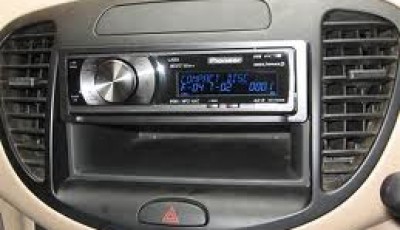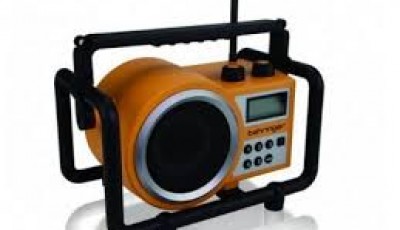Sirius XM Radio, Inc. (NASDAQ:SIRI) has positive future growth prospects
Denver, CO, 07/12/2013 (Avauncer.com) – Shares of Sirius XM Radio, Inc. (NASDAQ:SIRI) plummeted 0.83% to close at $3.57 in the last trading session, remaining close to the higher end of their 52-week price range of $1.99 to $3.62.
The new additions of subscribers in the second quarter have helped Sirius to reach an exciting new milestone that reflects the company’s popularity. It has been benefiting from a strong subscriber revenue growth, given that around 15% of growth is estimated over the second quarter. Sirius has crossed the 25 million subscriber base, by adding 715,000 net new subscribers in the second quarter. Such growth in subscribers is mainly due to the increased automobile sales and the continuous launch of innovative products.
As a result, management now expects to end this year adding 1.5 million subscribers, up from its previous prediction. The second quarter results have been an exciting new milestone for the company. The company’s strength is evident in various areas, such as its revenue growth, excellent stock price performance, return on equity, solid and stable cash flow from operation and a flexible financial position.
Investors have been inclined to prefer Sirius XM to Pandora, although both managed to grow together in recent years. The bright part of this is that although Pandora may be growing faster, Sirius XM is the one which is consistently profitable, with a huge base of paying customers.
Moreover, the future seems bright for Sirius XM, given strong auto sales. Each year, older cars without satellite systems get replaced with vehicles that have Sirius or XM players. In addition, given a recovering economy and an increase in employment, more commuters are on the road, and the buoyant economy makes it easier for one to stick to monthly plans of pricing.
Sirius provides satellite radio services. The company broadcasts various channels such as music, news, weather reports, sports, etc. on a subscription basis through two satellite radio systems.



